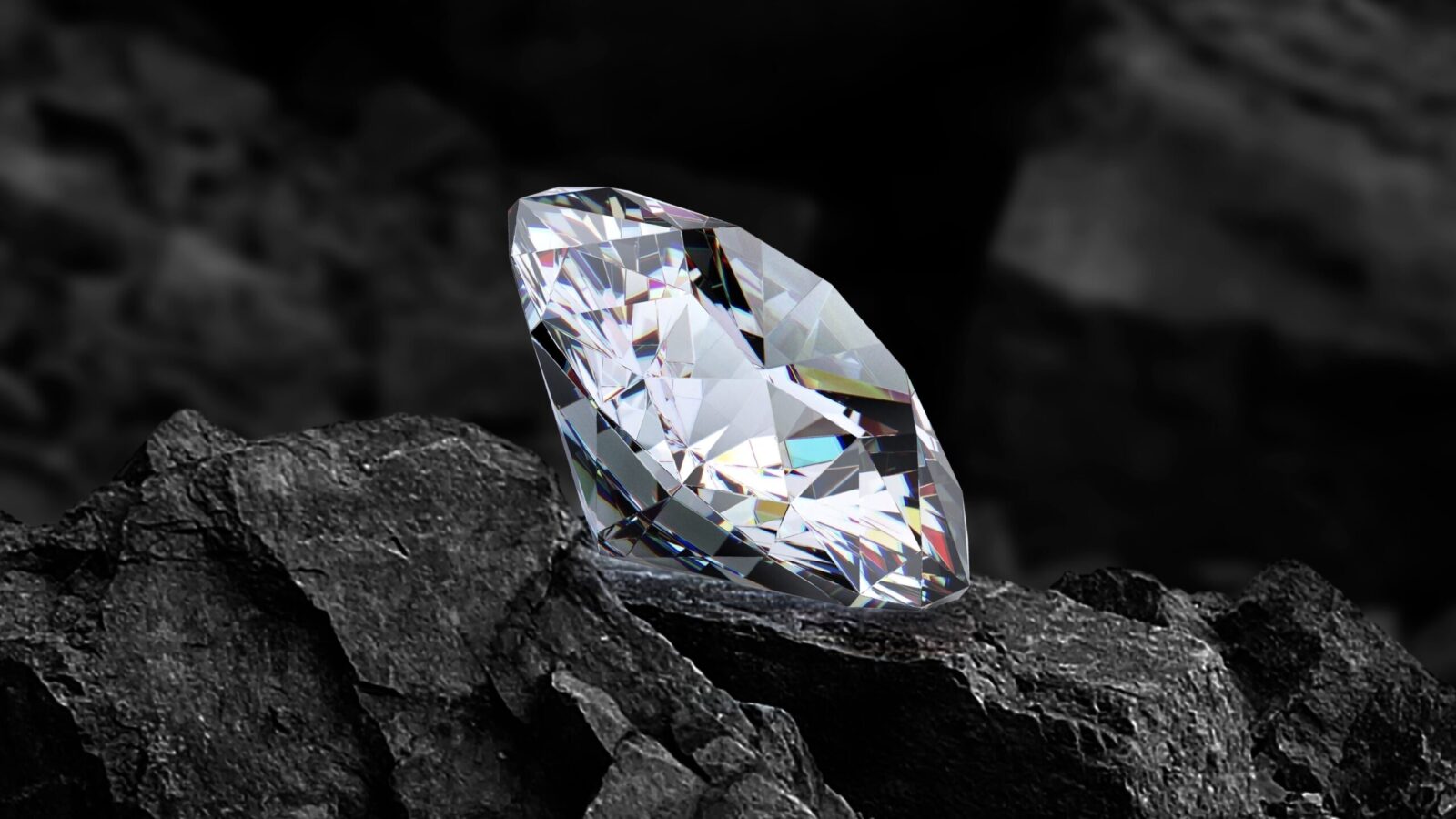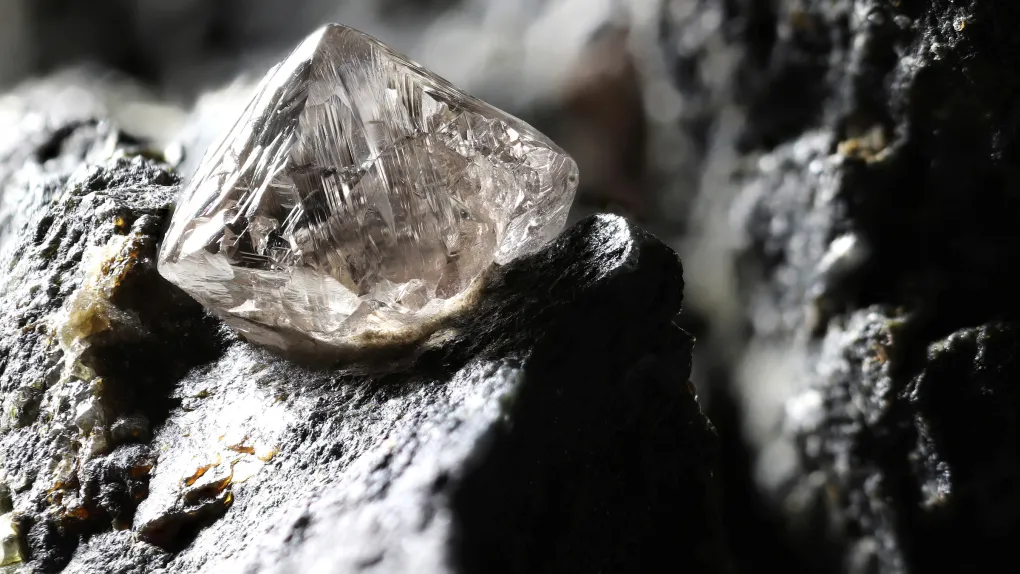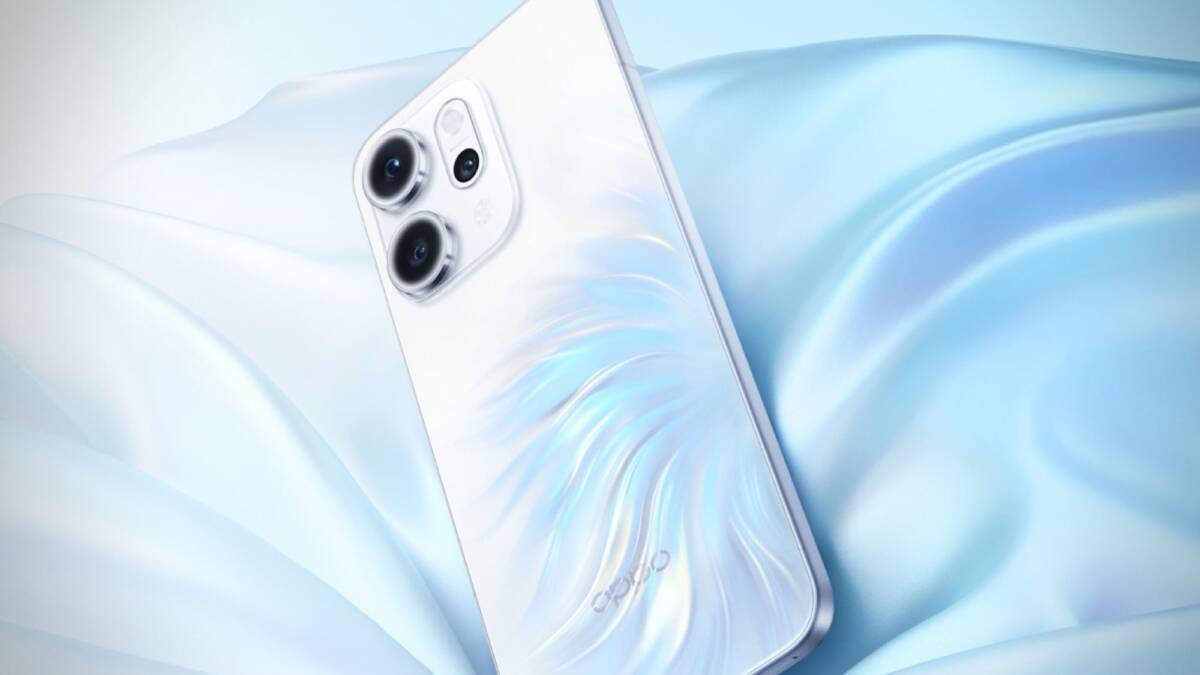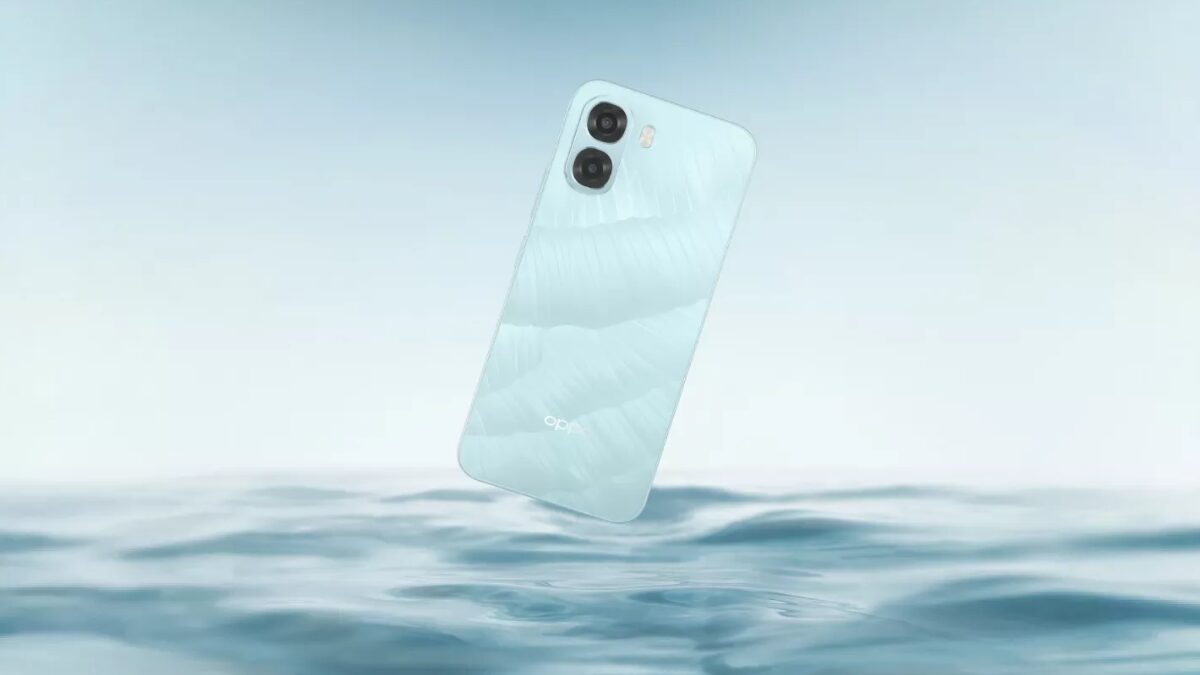Diamond batteries: energy from radioactive crystals for perpetual devices

Imagine a world where batteries don’t need to be replaced for centuries. That dream is becoming a reality thanks to radioactive diamonds – innovative energy sources capable of powering devices for thousands of years. The technology developed by scientists is opening new horizons for space, medicine and the environment by turning nuclear waste into safe “fuel.”
Radioactive diamonds are an innovative source of energy capable of powering devices for thousands of years.
How do diamonds generate electricity?”
.
The technology is based on carbon-14, a radioactive isotope known for its use in archaeology to determine the age of ancient objects. Scientists placed it inside a synthetic diamond, creating a unique symbiosis. In the process of beta-decay, carbon-14 emits electrons that are captured by the diamond lattice and converted into an electric current. The principle resembles the work of solar panels, but instead of light, radiation is used here. With a half-life of 5,700 years, such batteries will be able to operate for tens of millennia, providing a stable supply of power.

Space, medicine and beyond: where will perpetual batteries come in handy?
The power of diamond cells is not yet enough for smartphones or electric cars, but they are ideal for devices where replacing the power source is impossible. For example, interplanetary probes like Voyager 1, whose plutonium batteries are designed to last 40-50 years, will be able to transmit data for thousands of years with new diamond counterparts. In medicine, the technology promises a revolution: pacemakers or neural implants will no longer require risky surgeries to replace batteries. Sensors for extreme environments, from ocean depths to Arctic ice, are equally promising.
Safety and Environment: radiation under diamond lock
The main fear – radiation – is neutralized by the structure of diamond. The crystal lattice blocks 95% of the particles, making the batteries safe for humans. Interesting fact: carbon-14 is abundant in graphite rods from nuclear power plants, which are now considered waste. The technology turns hazardous waste into a valuable resource, reducing nuclear power’s ecological footprint.
Carbon-14.
The future: from colonizing Mars to smart cities
.
Scientists see the potential for diamond batteries to create autonomous systems for lunar bases or Mars rovers where traditional energy sources are unreliable. Another direction is integration into the infrastructure of smart cities: sensors to monitor air, lighting or transportation could work for centuries without maintenance. In parallel, the use of diamonds for data storage is being studied – their resistance to radiation and temperature promises to create data carriers that would outlive civilization itself
Diamond battery technology is not just a scientific experiment, but a real step toward a sustainable future. It solves two global problems at once: providing devices with autonomous energy for millennia to come, and turning radioactive waste into fuel. From space missions where reliability is critical to life-saving medical implants, the potential of such batteries is limitless. And although mass implementation is still a long way off, the first successes prove that diamonds can become not only a symbol of luxury, but also the basis for clean energy of a new generation. Who knows, maybe these crystals will one day provide energy for the first cities on Mars or “smart” megacities on Earth.
The Diamond Batteries: Energy from Radioactive Crystals for Eternal Devices was first published on ITZine.ru.








